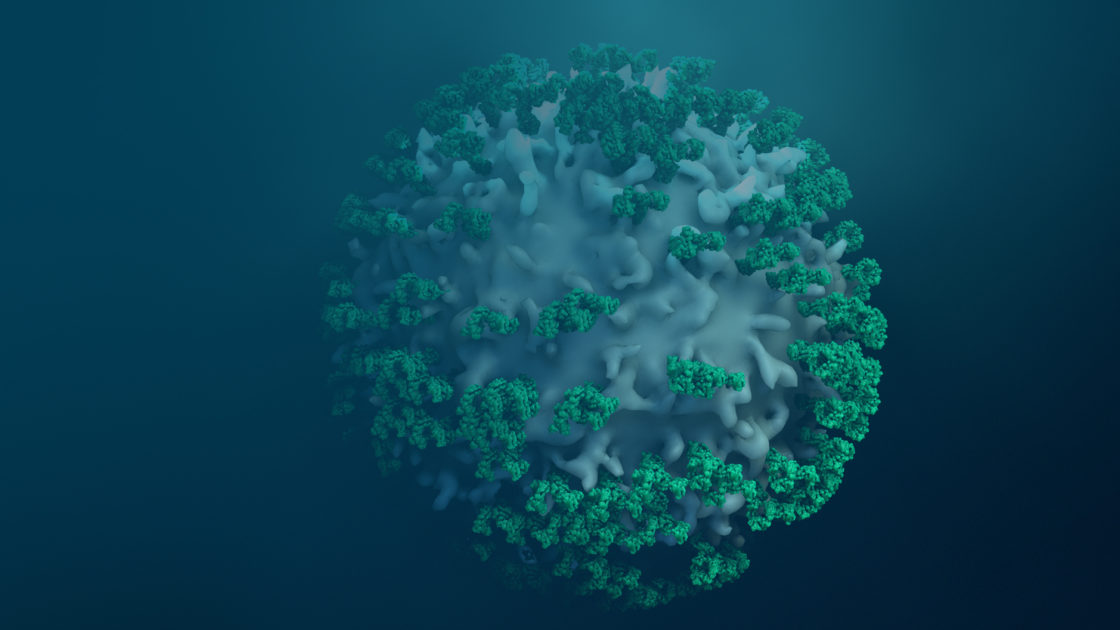
360 Series Panel Collection
Inspired by systems biology approaches to cancer research, NanoString’s 360 Series Panel Collection gives you a 360° view of gene expression by combining carefully-curated content involved in the biology of the tumor, microenvironment, and the immune response into a single holistic assay. Each panel contains the 18-gene Tumor Inflammation Signature (TIS) that measures a peripherally-suppressed, adaptive immune response and has been shown to correlate with response to checkpoint inhibitors.

Ideal for studying solid tumors, the 360 Series Panel Collection can be used to better understand the biology behind therapeutic response, therapeutic mechanism of action, immune evasion, and the interplay between the tumor and microenvironment. These panels serve as powerful tools for developing novel signatures that correlate with response and/or survival.
- 1,588 unique genes included across all panels
- PAM50, Claudin-Low, & Triple Negative Breast Cancer (TNBC) gene signatures included in the Breast Cancer 360 Panel
- Data Analysis Service for the IO 360 and Breast Cancer 360 Panels provides interactive and customizable reports with signatures scores
- Pairs with GeoMx® Cancer Transcriptome Atlas for comparative spatial RNA profiling

How It Works
Fully-annotated gene lists in Excel format are available for each of the 360 Panels. The table below compares the biology coverage of the 360 Panels across the tumor, microenvironment, and the immune response to that of the PanCancer Panels Collection.
The Tumor Inflammation Signature1 includes 18 functional genes often associated with the response to PD-1/PD-L1 checkpoint inhibitors. It is embedded into all of the 360 series panels: The PanCancer IO 360 Panel, the Breast Cancer 360 Panel, and the Tumor Signaling 360 Panel.

- Includes four areas of immune biology: IFN-ү-responsive genes related to antigen presentation, chemokine expression, cytotoxic activity, and adaptive immune resistance genes.
- Highlights the complex biology of the host immune microenvironment.
View publication and video.
1. Ayers, Mark, et al. “IFN-y-related mRNA profile predicts clinical response to PD-1 blockade.” The Journal of Clinical Investigation 127.8 (2017).

Publications
Assessing Longitudinal Treatment Efficacies and Alterations in Molecular Markers Associated with Glutamatergic Signaling and Immune Checkpoint Inhibitors in a Spontaneous Melanoma Mouse Model
Previous work done by our laboratory described the use of an immunocompetent spontaneous melanoma-prone mouse model, TGS (TG-3/SKH-1), to evaluate treatment outcomes using inhibitors of glutamatergic signaling and immune checkpoint for 18 weeks. We showed a significant therapeutic efficacy with a notable sex-biased response in male mice.
Spatial transcriptomics reveals discrete tumour microenvironments and autocrine loops within ovarian cancer subclones
High-grade serous ovarian carcinoma (HGSOC) is genetically unstable and characterised by the presence of subclones with distinct genotypes. Intratumoural heterogeneity is linked to recurrence, chemotherapy resistance, and poor prognosis.
Spatially Segregated Macrophage Populations Predict Distinct Outcomes In Colon Cancer
Tumor-associated macrophages are transcriptionally heterogeneous, but the spatial distribution and cell interactions that shape macrophage tissue roles remain poorly characterized. Here, we spatially resolve five distinct human macrophage populations in normal and malignant human breast and colon tissue and reveal their cellular associations.

Contact Us
Have questions or simply want to learn more?
Contact our helpful experts and we’ll be in touch soon.

